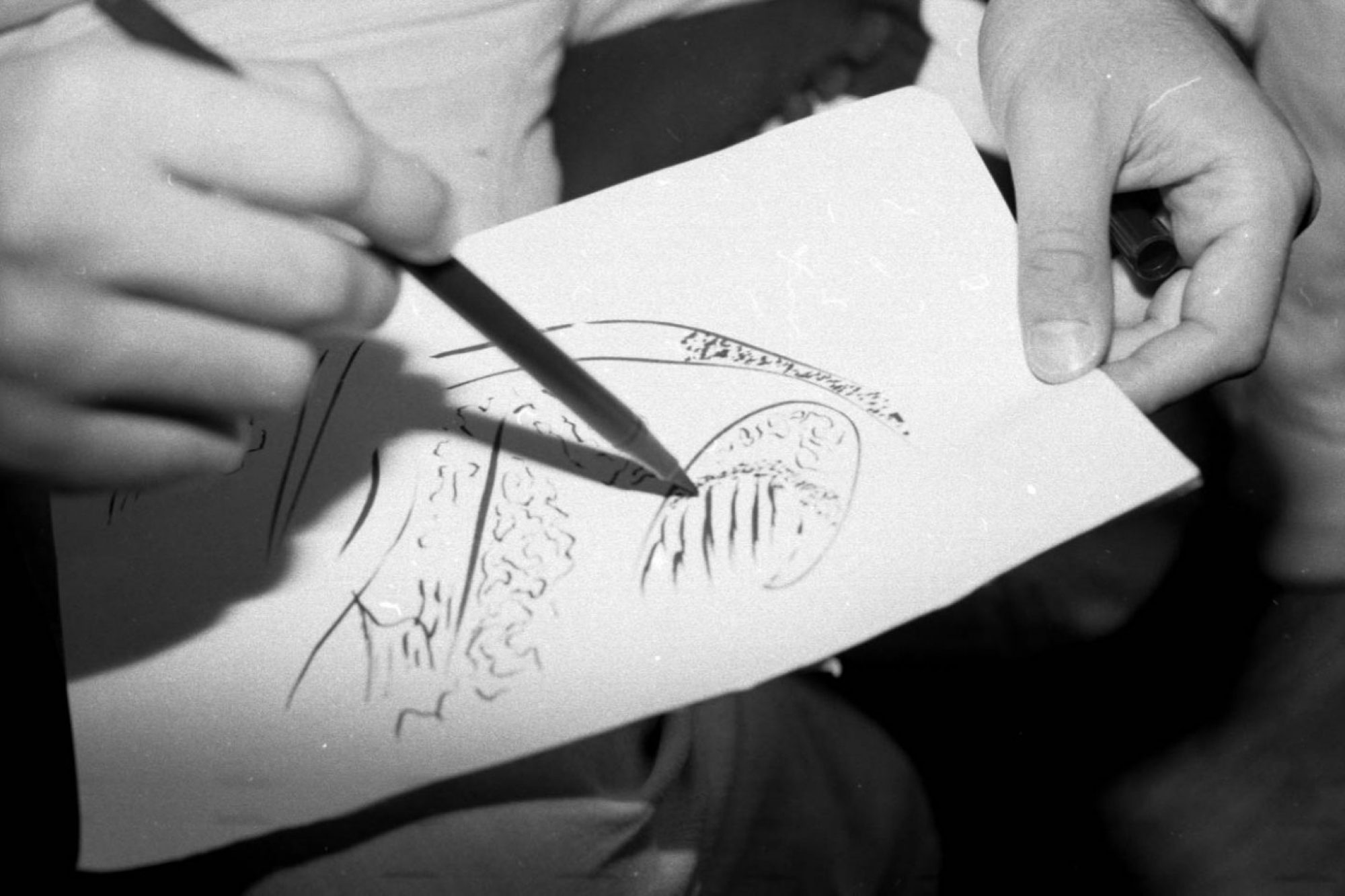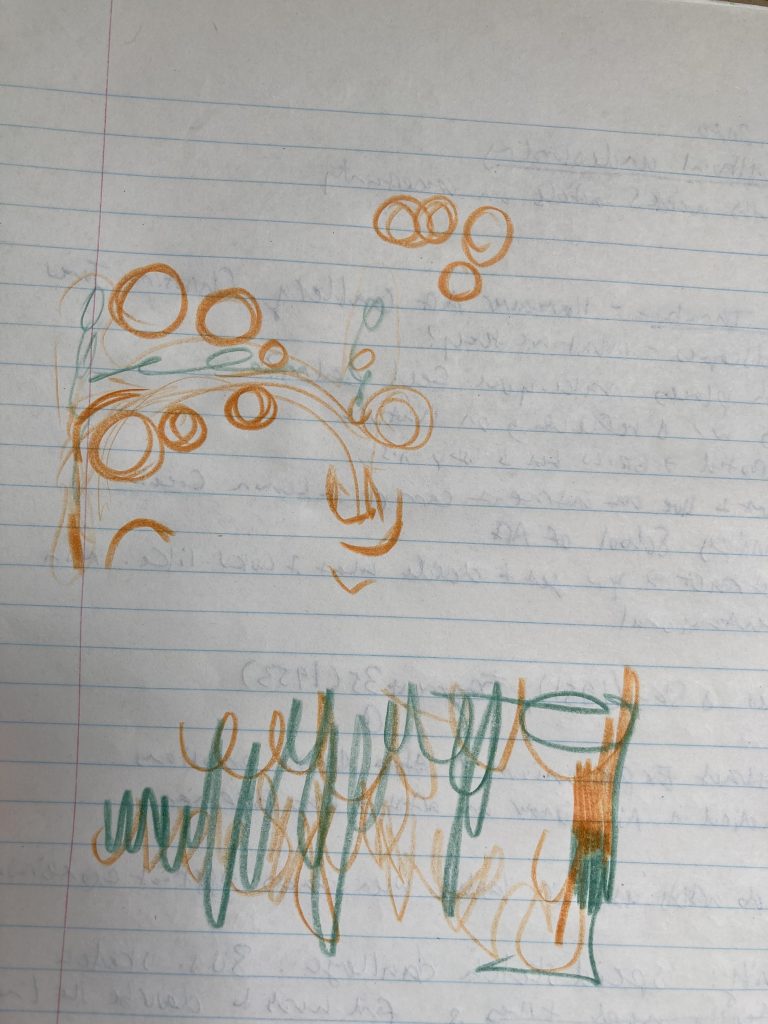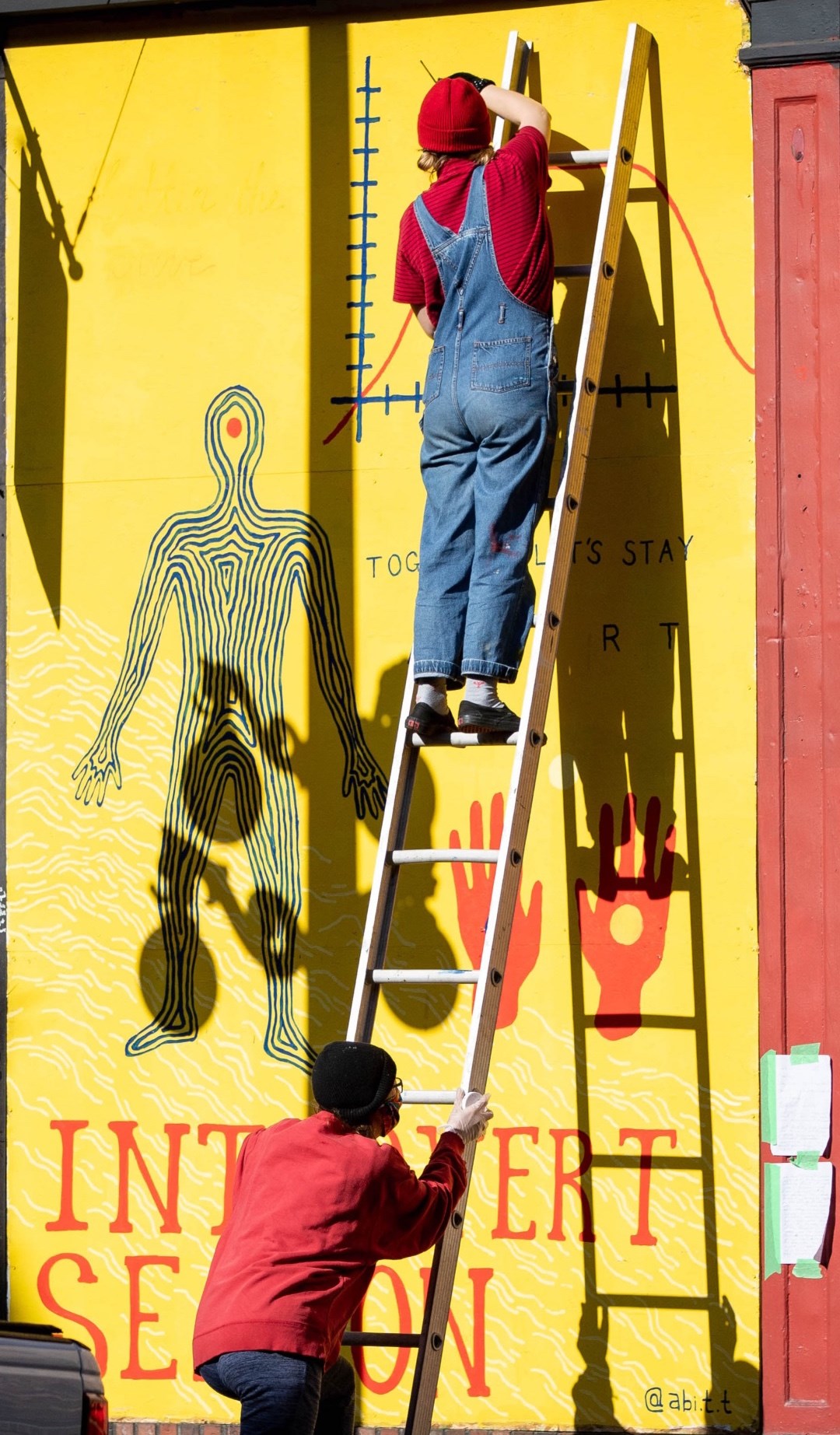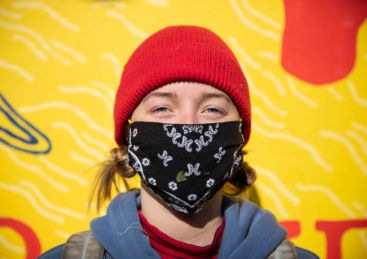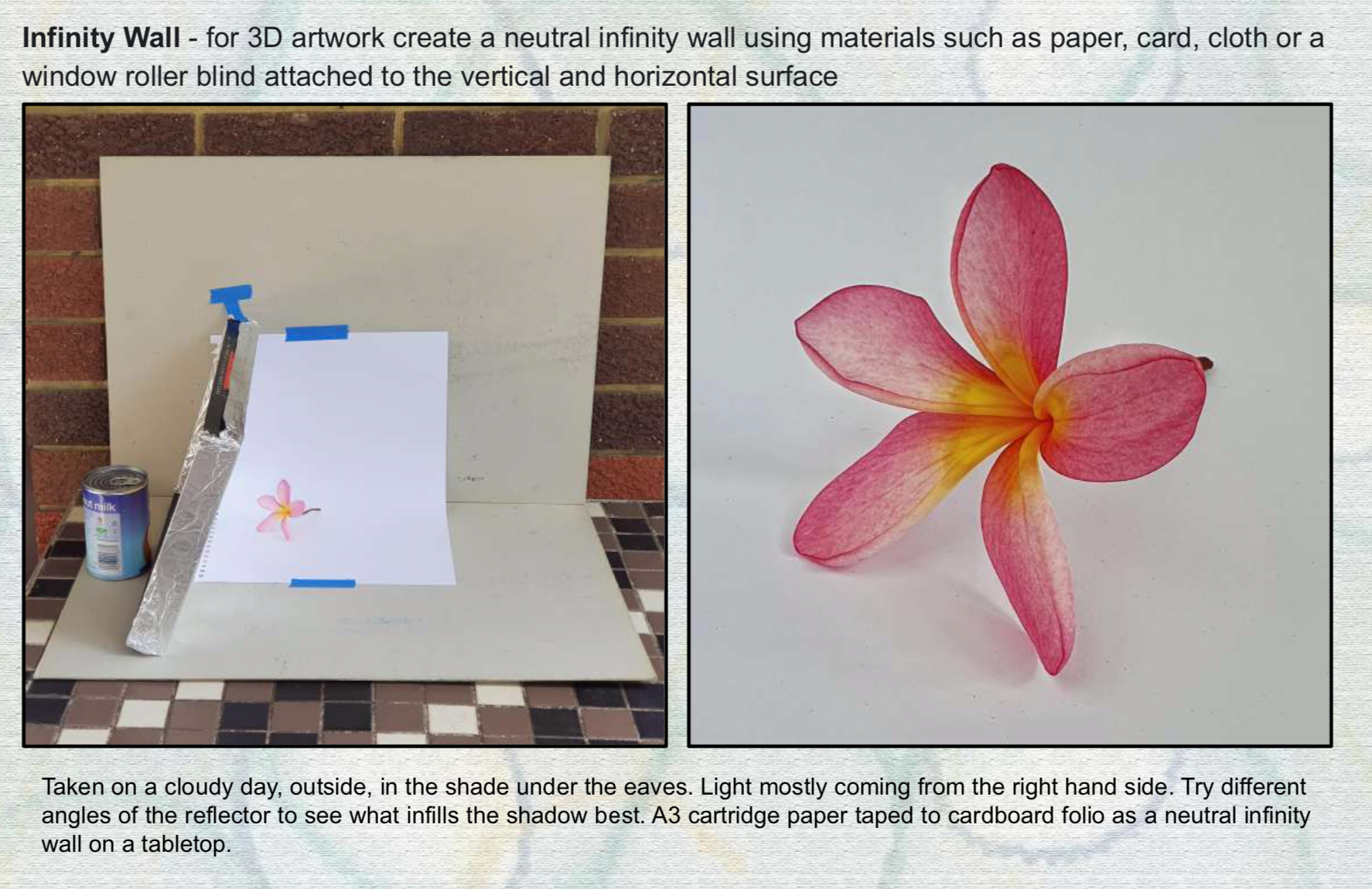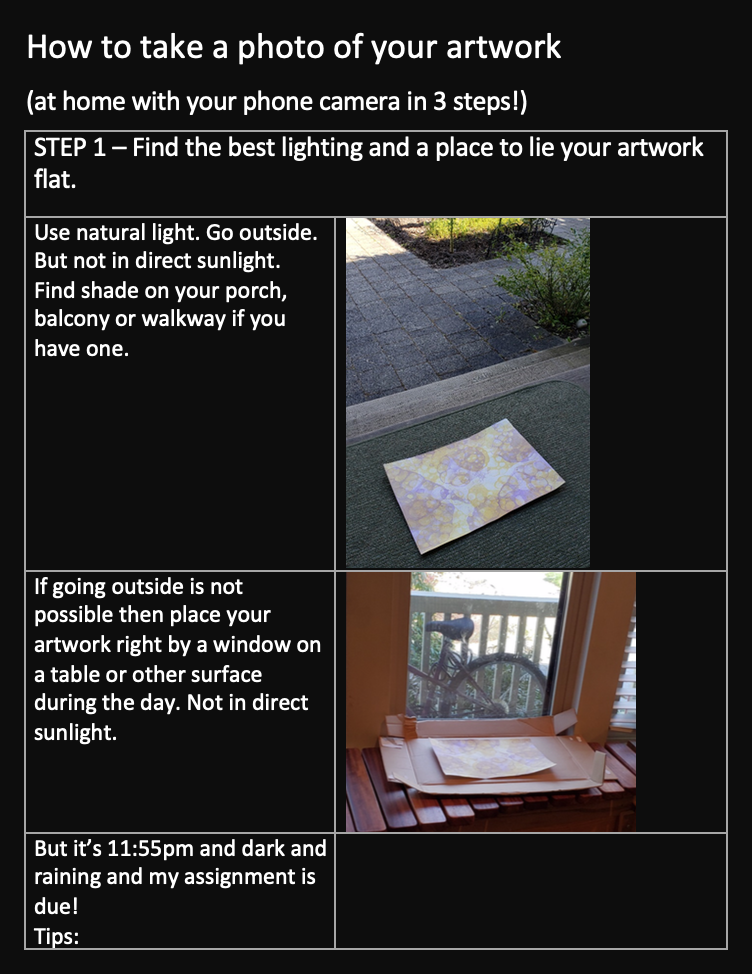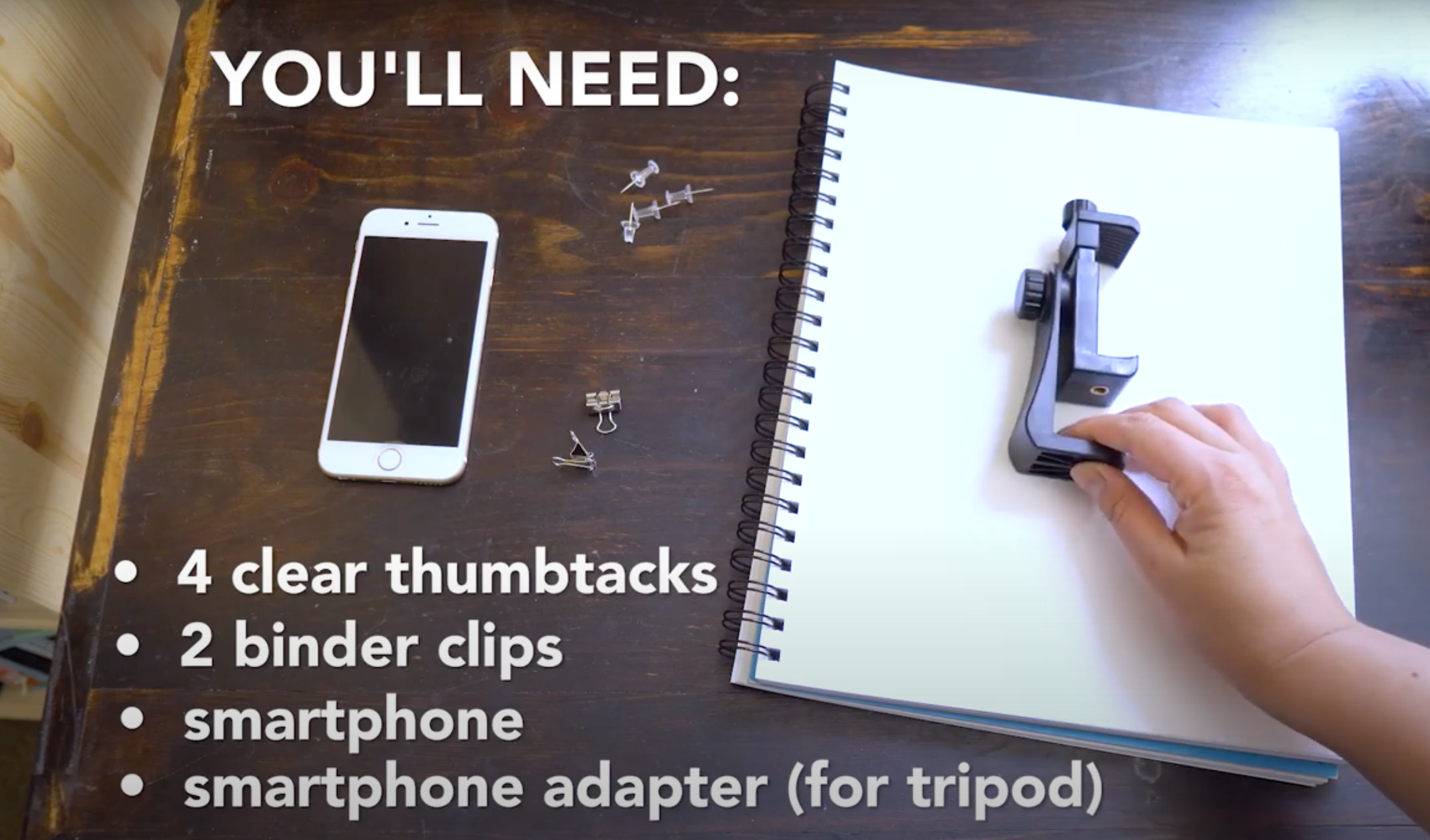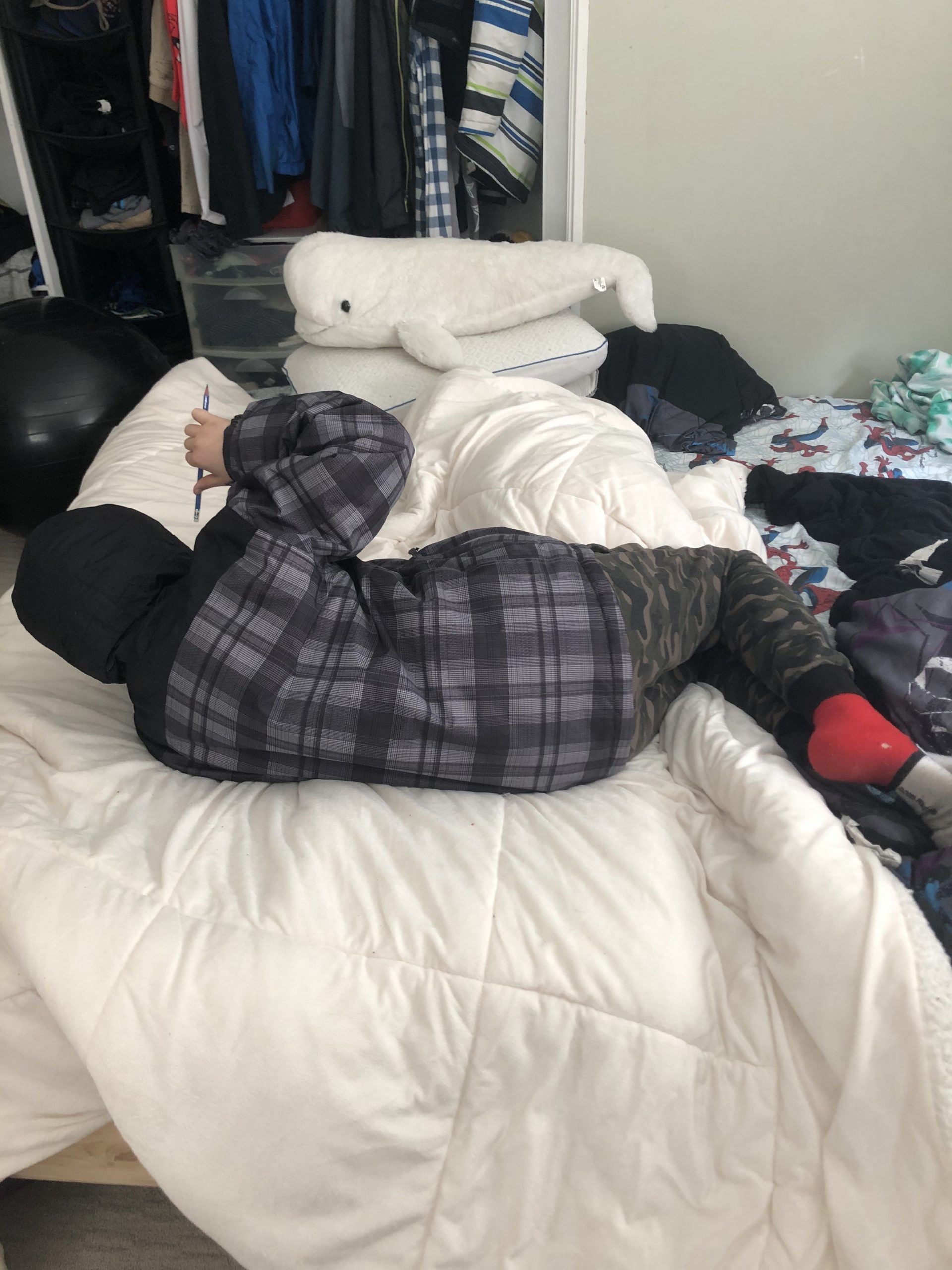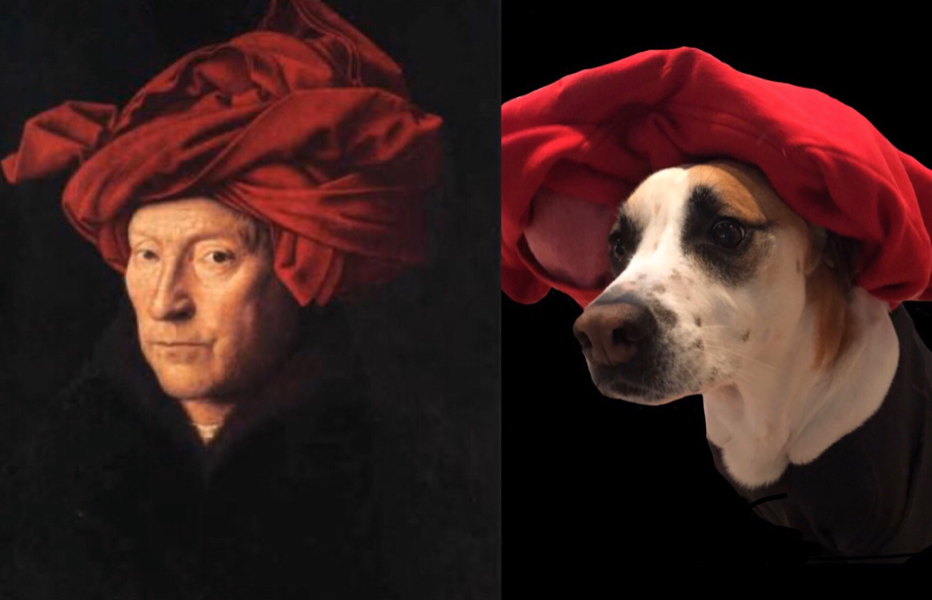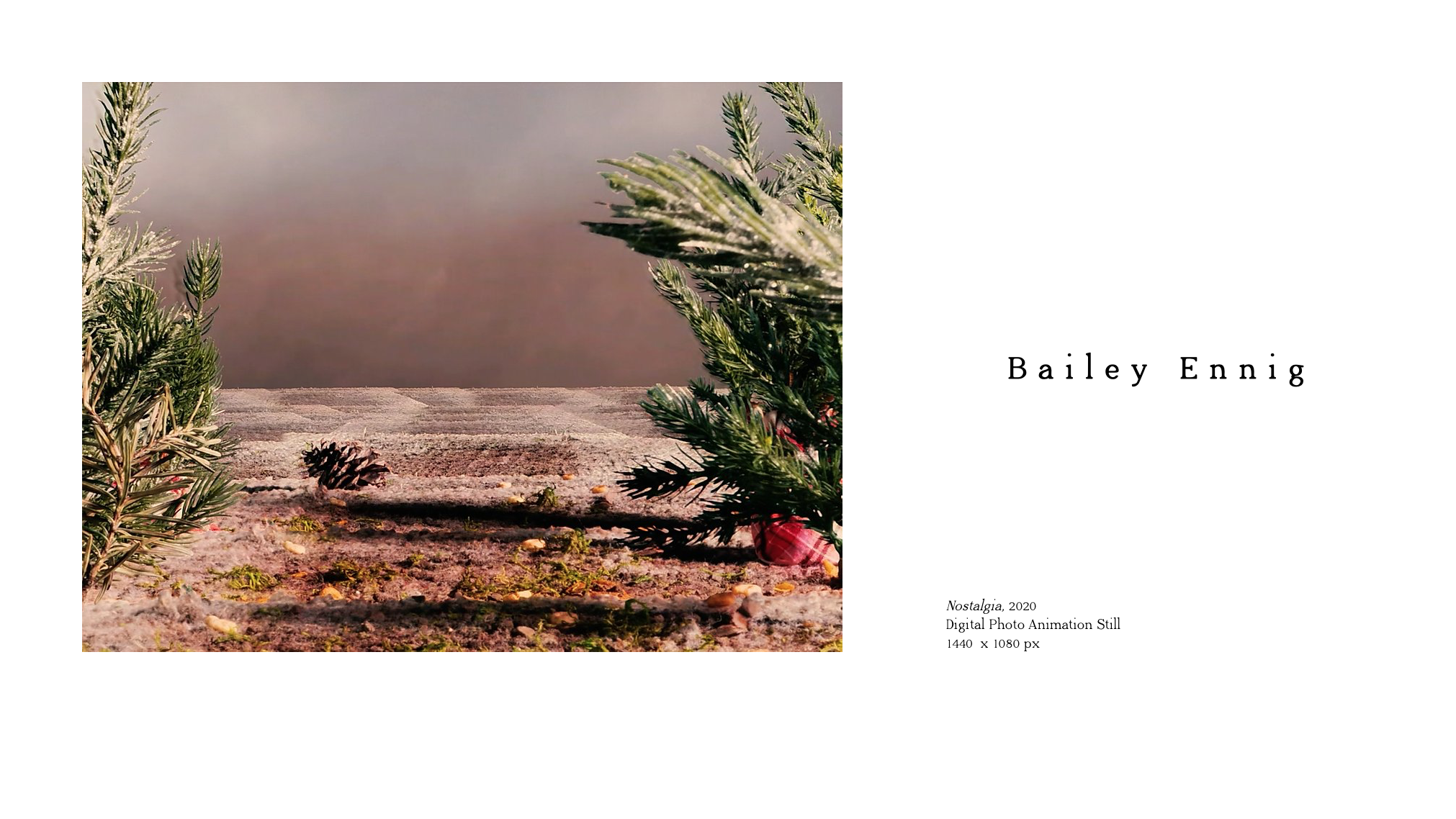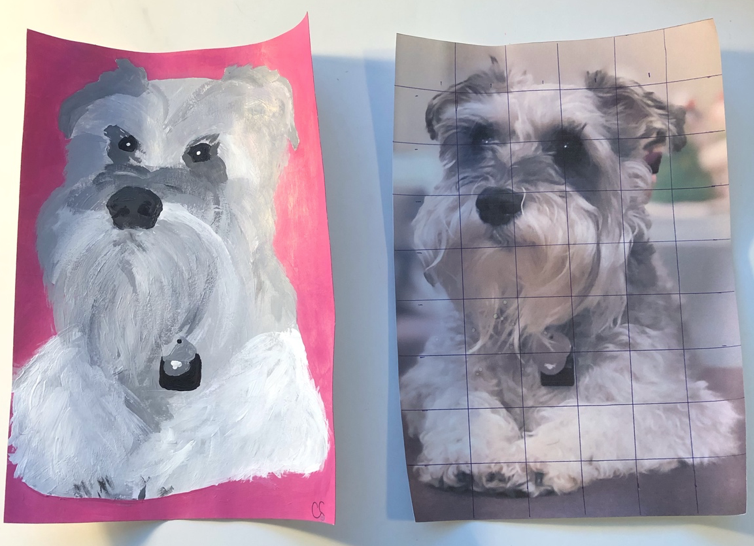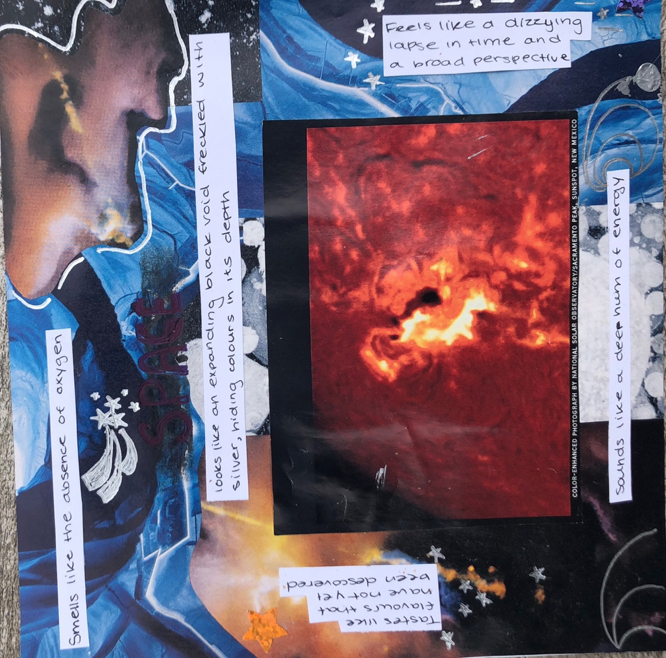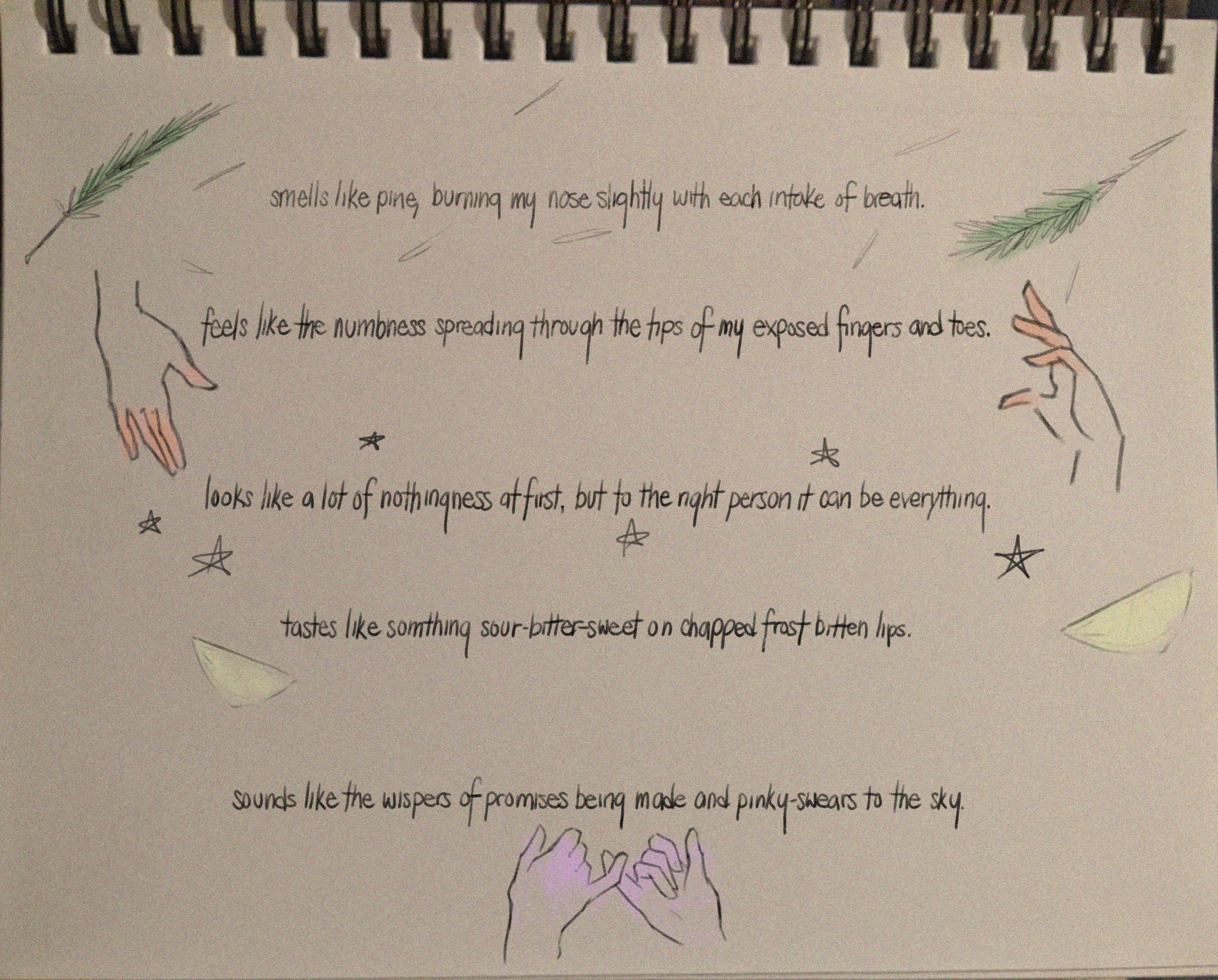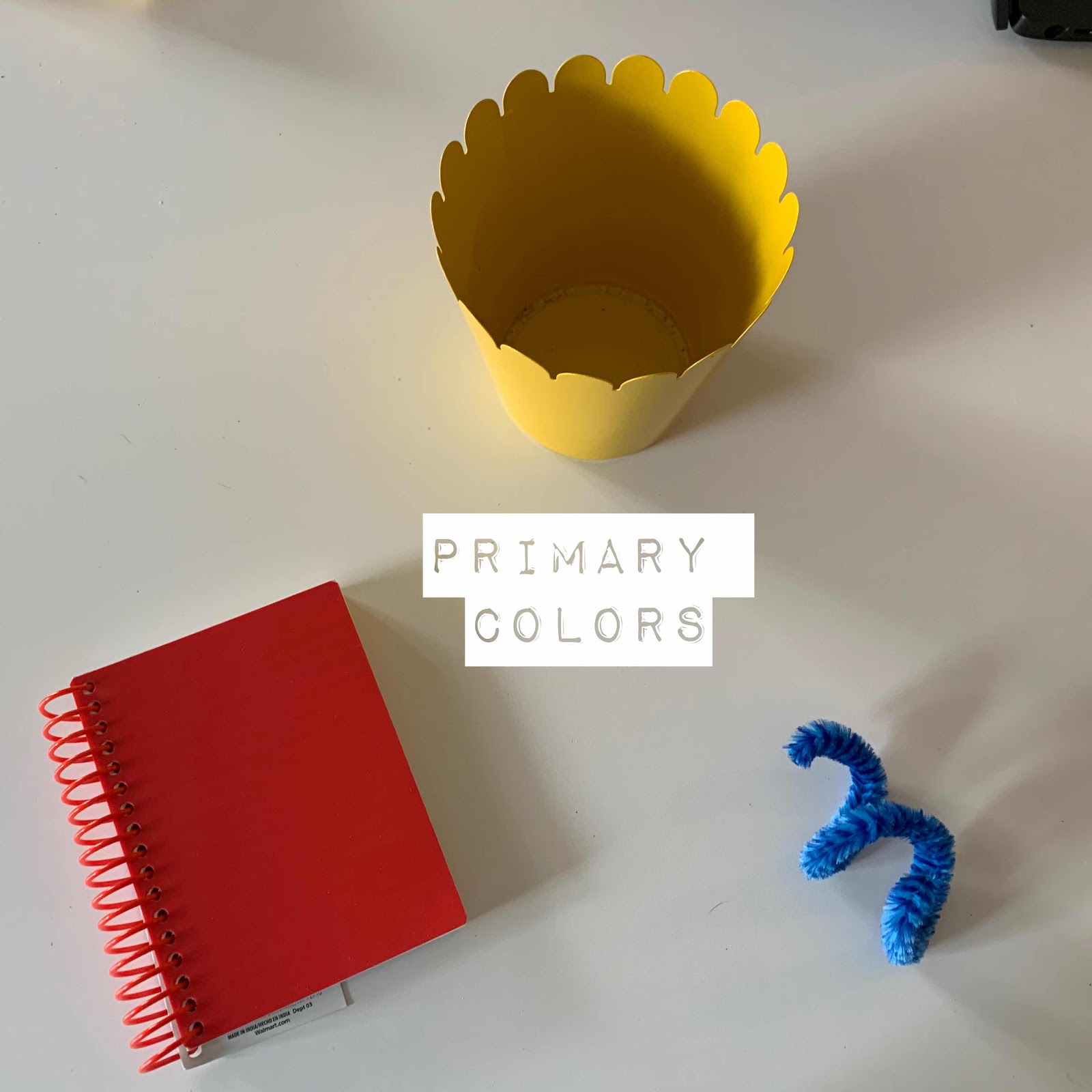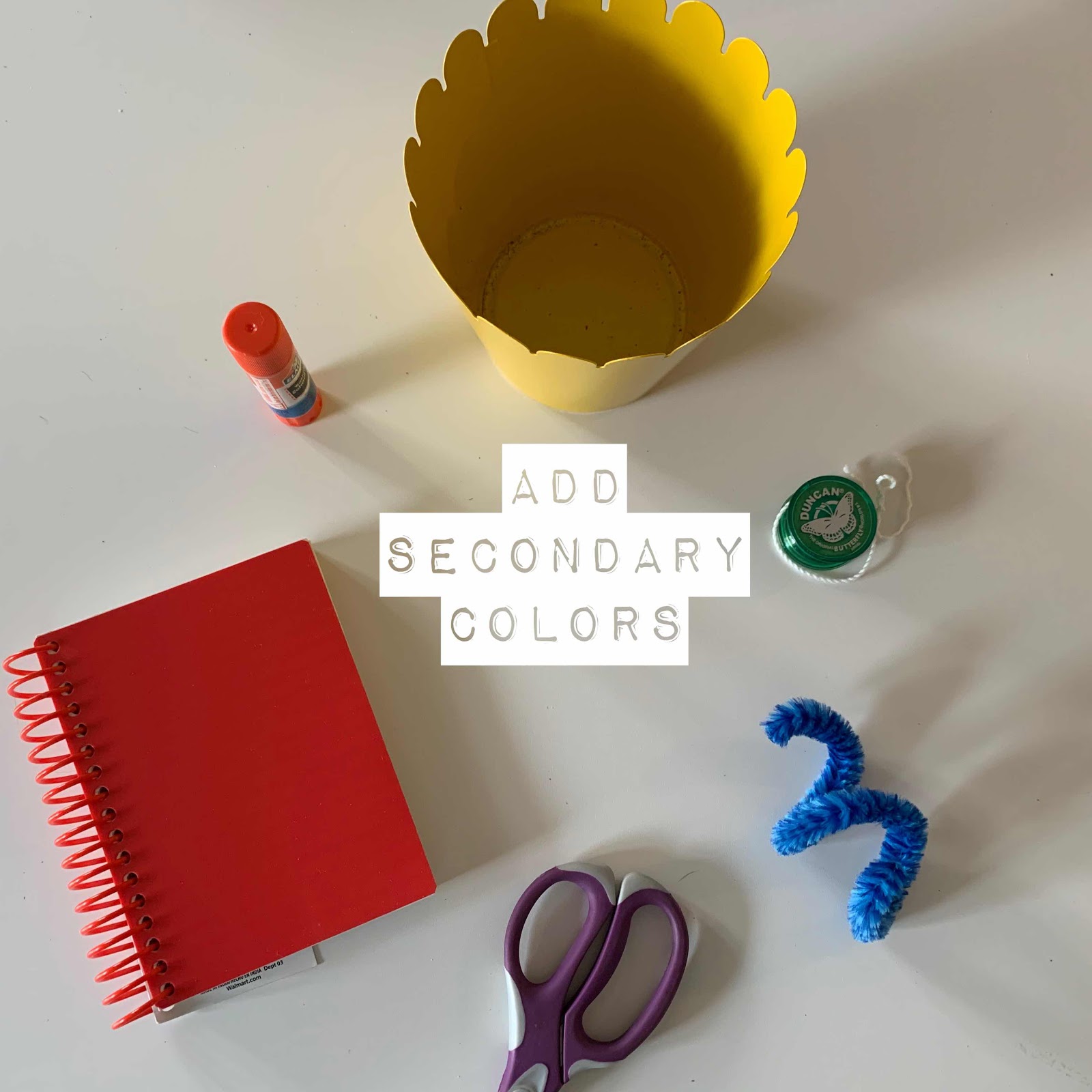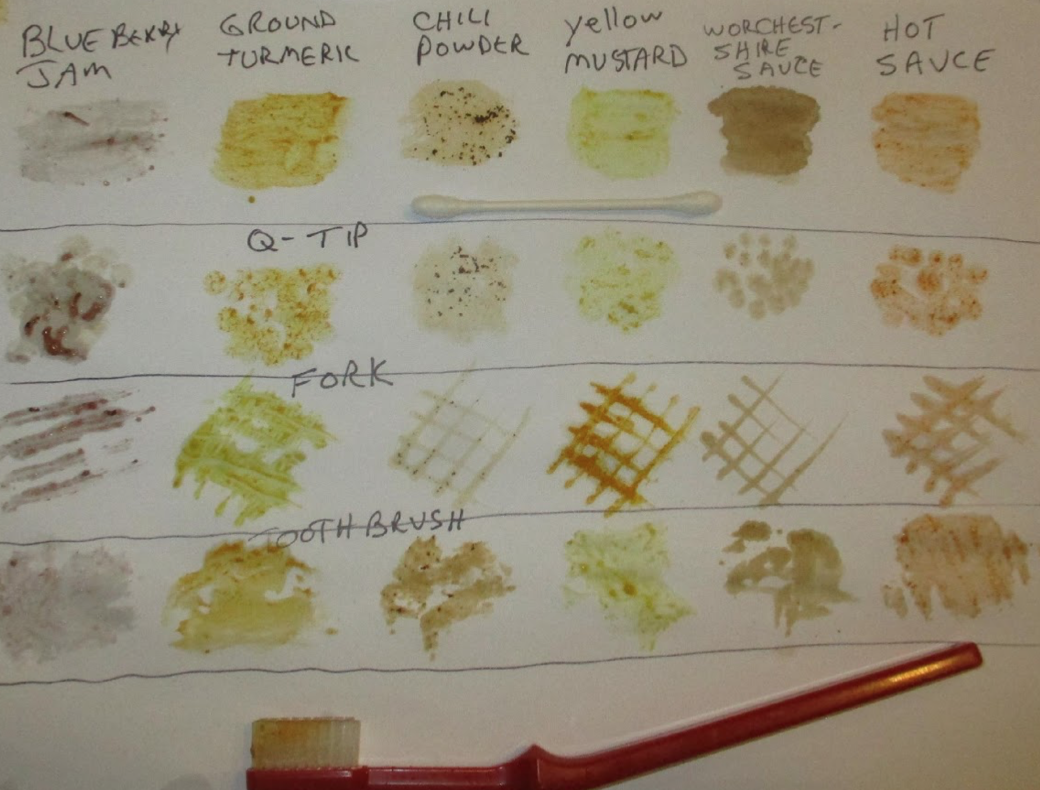After my first student-teacher interviews in the United Kingdom, I had a lot of guardians ask me, “How can I support my student outside of school in the arts?” Great question. I am thankful my parents took me to local art events and galleries as a child, and nerd-ily enough, I genuinely enjoyed going to them. My high school art teacher also created an “Art Passport” program to encourage us to see theatre shows, indie films, local music and galleries in exchange for an art-themed prize. There is so much beyond the classroom to see and experience. Since I am relatively new to London, I don’t have a great idea of how accessible the art scene is for youth. I decided to do some research and compile a list of ways youth can be more involved in the arts:
Submit your work to contests

Contests are a great way to have a guide or theme to start an outside-of-school art project. They have a theme, a due date, and a prize! Here are some I’ve found for UK residents (click on the underlined words to be directed to the site):
Theme – Life After Conflict – Submissions close May 18th
Theme – Climate Change – Submissions close June 13th
Theme – Write about an art piece on their website – Submissions close June 30th
Theme – Endangered Wildlife – Submissions close June 30th
Attend an Art Club or Event
National Saturday Club – Here is a free art club hosted in different parts of the city! You need to apply for a spot, and the applications for 2022/23 year are open.
Oxo Gallery, Plein Air workshop – From the website: Artist, teacher and writer Jeanette Barnes will give tips and ideas about working on location and a number of insights and exercises to build confidence in a range of approaches to drawing, all with views of the Thames and the City of London as the background. Derwent Pencils will be providing material although artists will need to bring their own sketchbooks. Booking is essential. The two hour workshop will start at 11am at the Oxo Gallery, London.
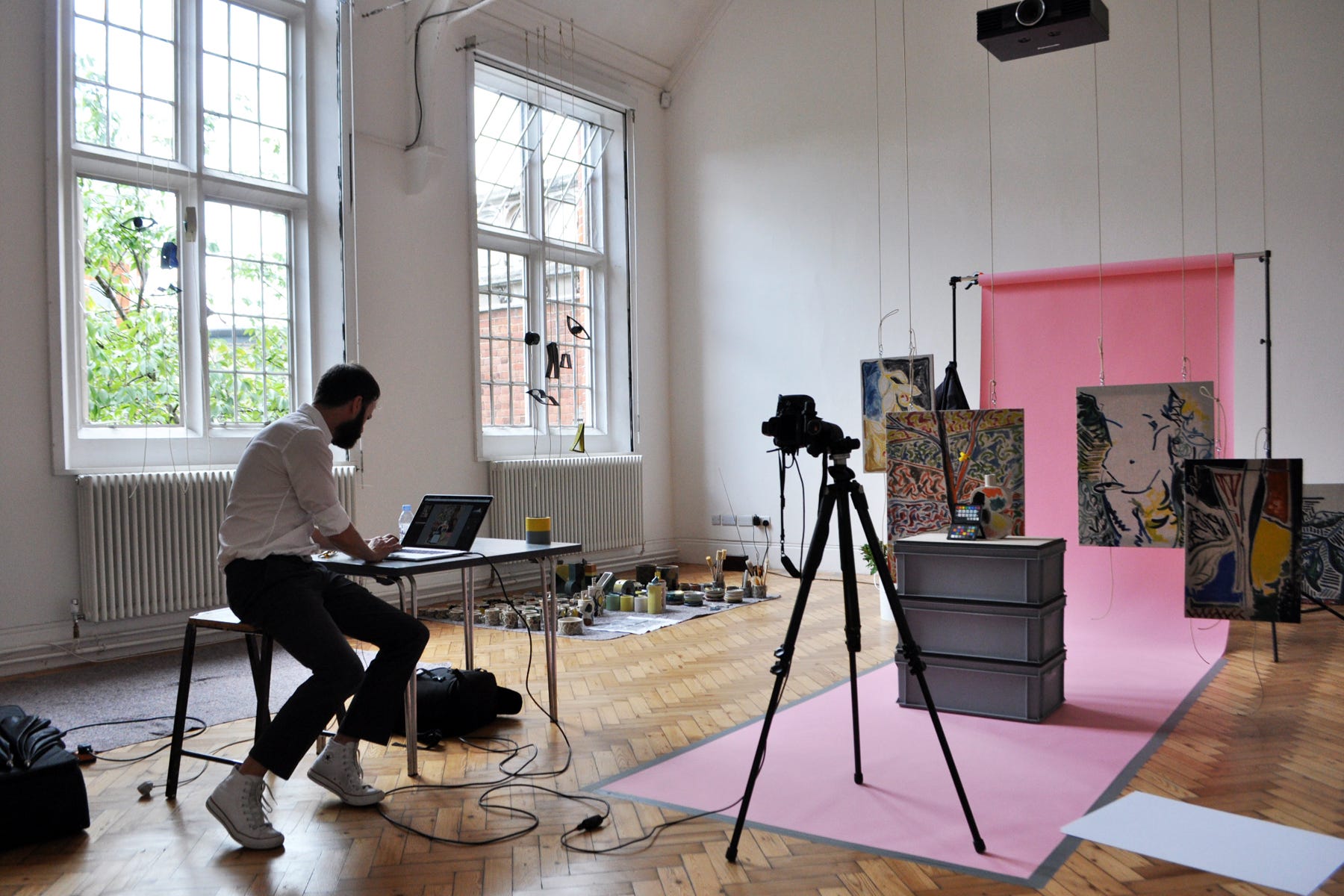
Free Artist-Led Workshops for people ages 15-25 – From the website:
This year’s onsite workshops will be hosted in the Camden Art Centre’s Drawing Studio by artists Adam Moore and Madeleine Pledge.
The artists will unpack different themes and provocations each week to enable participants to build awareness around different types of art, concepts and techniques. Each session is designed to allow you to develop new skills, learn about various ways of working in the arts and using your passions and interests to create exciting artwork.
- Onsite sessions take place weekly every Saturday from 2:00 to 4:00 pm and give the opportunity to use the centre as a resource, see our current exhibitions, get behind the scenes of a gallery and meet new people.
- No previous art-making experience is necessary and all materials are provided with free food and drinks.
- Sessions can be attended as a one-off event or a series as a whole. Each session is open enough to continue making work from previous weeks attended.
- We have 15 places each week and booking via Eventbrite is required.
That’s all I have for now! I will post more contests and events as I find them. 🙂
